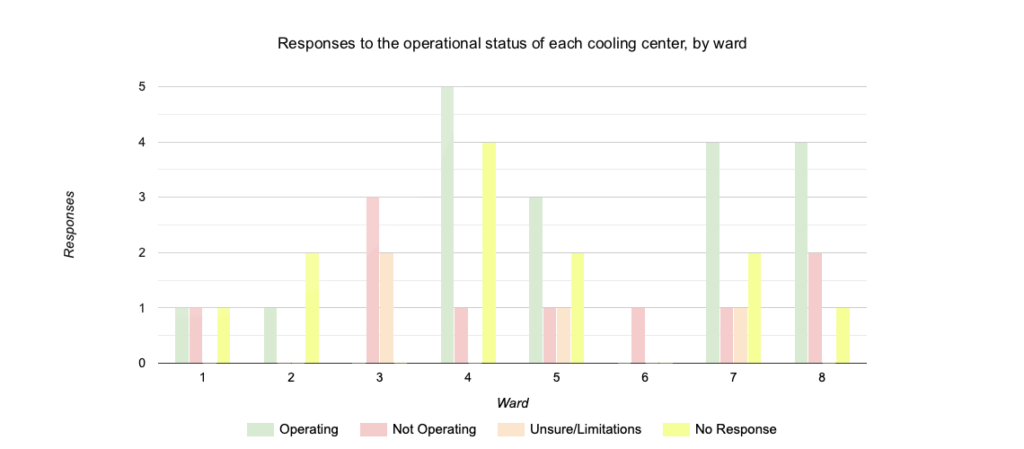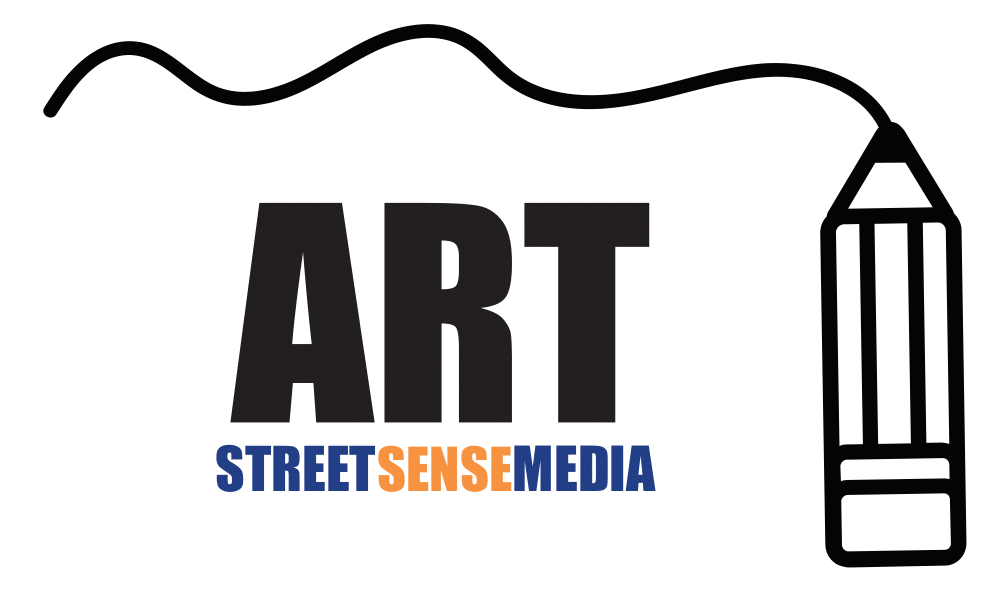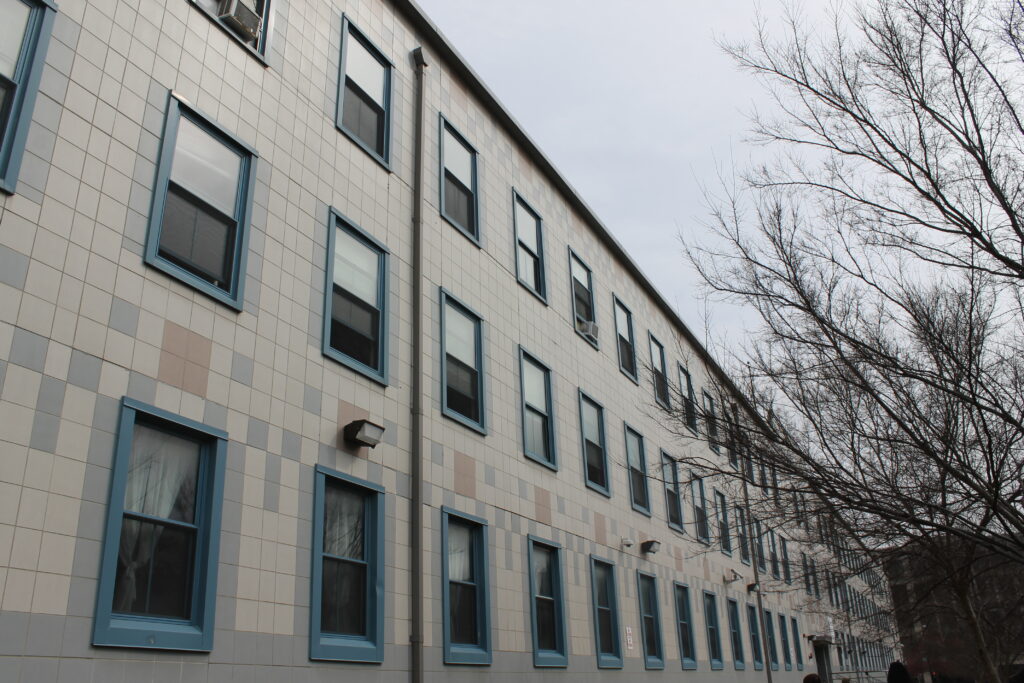D.C.’s cooling centers, which help keep people experiencing homelessness safe during heat emergencies, are not fully open, according to a Street Sense audit.
D.C. activates heat emergencies when the local temperature is predicted to be at or above 95 degrees. While any temperature above 80 degrees can be dangerous, 95 degrees is widely used as a threshold to mark when people who spend time outside are at risk of heat illness, according to reporting from the New York Times. The city activates an emergency plan to protect residents during heat emergencies. The plan calls for opening cooling centers and for launching a public awareness campaign that advises residents to stay inside and drink water.
So far this year, Mayor Muriel Bowser has declared 19 heat emergencies, including a continuous five-day period at the end of July. Hot weather emergencies are when temperatures are predicted to be even higher, or last over several days.
During heat emergencies, the city takes special measures to protect vulnerable residents. It opens cooling centers for people who lack reliable access to air-conditioning. People who live outdoors face a higher risk of heat exhaustion and stroke due to long periods of exposure, according to PBS. Multiple studies by Earth’s Future and the National Institute of Health show high temperatures also disproportionately impact the elderly and low-income people.
D.C.’s heat plan, crafted by D.C.’s Department of Human Services, Interagency Council on Homelessness and Homeland Security and Emergency Management Agency, calls for the city to provide residents with options to escape the heat. These designated areas include 10 low-barrier shelters, libraries and senior wellness centers that are open throughout the year but are listed in the heat plan.
Another 40 cooling centers are open only on days when the city declares a heat emergency. While these centers, located in city buildings and recreation centers, are open to anyone, the heat plan targets vulnerable populations, including people experiencing homelessness. During the weather emergency at the end of July, the city also deployed five air-conditioned city buses near encampments across the city.
For the third year in a row, Street Sense conducted an audit of the city’s cooling centers and found that only 17 of 40 locations confirmed people would be able to come in and cool off during a heat emergency. Reporters identified themselves each time they spoke with cooling center employees during phone calls they placed throughout June and July.
In addition to the 17 centers that confirmed they would be open, staff at one center said they were not sure if they were a cooling center. Another three locations said they were cooling centers, but because of other summer activities taking place in the same space, people could only come in for short periods of time or when the activities concluded.
Staff at nine other locations said they were not operating as cooling centers this year, despite being listed in the city’s heat plan. Ten locations did not respond to multiple calls, or redirected calls to another number, which did not answer.
The heat plan included another four locations that have been cooling centers in past years, but are closed this year. One of those confirmed they would actually be open in a heat emergency. One said it is closed, and the remaining two did not respond to calls.
Last year, about three-fifths of cooling centers were open according to Street Sense reporting; in 2021, less than half were open.
The 17 open cooling centers are not evenly distributed throughout the city. Street Sense could not confirm whether any cooling centers in Wards 3 and 6 were open. Reporters could only confirm via phone that one designated cooling center was open in Ward 1 and one was open in Ward 2.
In past reporting, housing justice advocates have criticized D.C.’s heat plan for falling short of protecting people experiencing homelessness. They pointed to service gaps — periods in the day or week where cooling centers are closed as putting those who rely on cooling centers in danger.
Historically, cooling centers have operated close to normal business hours, and many closed on Saturdays and Sundays. This left gaps in the evenings and weekends, when high temperatures still affected people who lacked adequate access to air conditioning.
This year, many cooling centers extended their hours, according to the heat plan. Some centers are supposed to open as early as 6 a.m. and close as late as 9 p.m. The heat plan also designates more centers to be open on Saturdays. This year’s plan provides for 24 cooling centers to be open from 9 a.m. through 5 p.m. By contrast, last year, the city’s plan designated 14 to be open during the same hours.
However, as in the past, cooling centers continue to be closed on Sundays.
Public libraries are open on Sundays, but also present a challenge: They have a bag limit, according to the heat plan. The plan warns that unhoused people, many of whom carry their belongings with them, should plan to only be able to bring two bags into the library.
Still, staff at some cooling centers say people have come in so far this summer during heat emergencies. The Columbia Heights Recreation Center has seen people coming in daily to cool down, and has been able to operate as both a recreation center and a designated cooling site.
Anyone in need of transportation to a cooling center can call the shelter hotline at (202) 399-7093. A map of cooling centers is available online.
Annemarie Cuccia contributed reporting.







